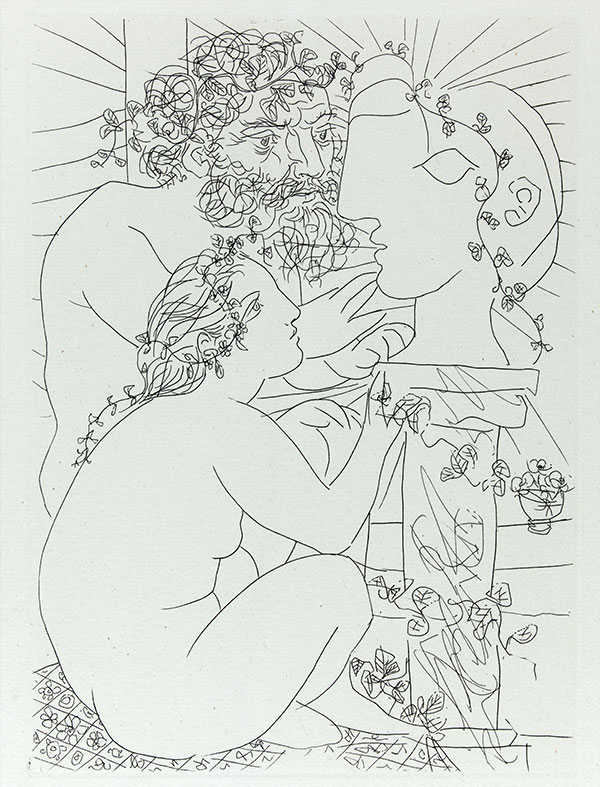Picasso e l'antico, an exhibition in Museo archeologico nazionale di Napoli
The exhibition Picasso e l'antico, held at the Museo archeologico nazionale in Naples, unfolds in the rooms of the Farnese Collection and is divided into two parts. The first concerns the artist's stay in Naples, when he visited the national museum, which was not actually an archeological museum at the time, as it also housed the painting collection that would be moved to Capodimonte in 1957. The second section proposes possible dialogues between the pieces in the museum and those by Picasso.
The effect of Picasso's 1917 journey to Italy on his work are well known and have been studied extensively. The art he saw in Rome, Naples and Florence oriented the artist towards naturalism, referred to as his "second classical period." Among his travels, his stay in Naples, with visits to Pompeii and the museum, was particularly important: the naturalism of this stage in his work took on explicitly classical forms, clearly recognizable in most of his non-Cubist paintings and drawings from 1917 to 1925 and in his print work from the 1930s.
The second section of the exhibition features 37 of the 100 plates that make up the Vollard Suite, produced between 1930 and 1937, in addition to about 40 of the artist's works, placed alongside the Farnese sculptures and frescoes from Pompeii. The monumentality of the Farnese sculptures undoubtedly left their mark on Picasso, leading him to work a three-dimensional aspect into his paintings and sculptures.
Picasso e l'antico, Museo archeologico nazionale di Napoli,
from April 5 to August 27, 2023, as part of the Picasso Celebration 1973-2023.





 Summary
Summary